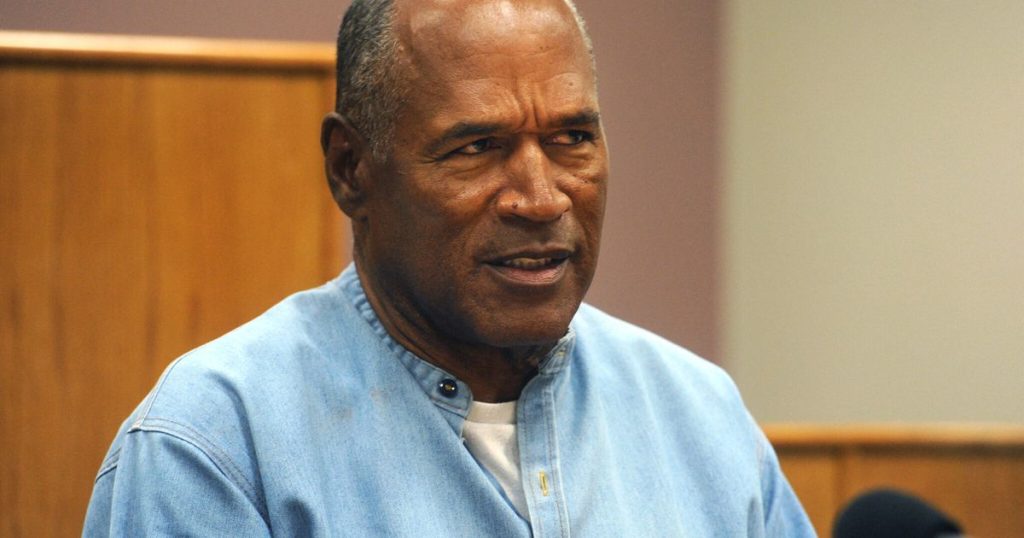This speculation first arose in the early 2000s when Simpson began exhibiting increasingly erratic behavior, such as the infamous car chase with police and his bizarre statements during interviews. His behavior raised concerns among experts and the public alike, leading to widespread speculation about the possibility of him suffering from CTE. This condition is caused by repeated head trauma, often seen in athletes who have sustained multiple concussions. Given Simpson’s history as a professional football player, many believed that his erratic behavior could be attributed to this underlying brain disorder.
Despite the speculation, there has never been any conclusive evidence linking Simpson to CTE. While his behavior may have been consistent with symptoms of the disorder, such as aggression, impulsivity, and memory loss, there has been no concrete proof that he actually had it. Additionally, diagnosing CTE can only be done posthumously through a brain autopsy, which Simpson has not undergone. This lack of definitive evidence has only fueled the ongoing debate surrounding his mental health and the potential role of CTE in his behavior.
Simpson’s notoriety as a former football star and his tumultuous personal life have only added to the intrigue surrounding him. His high-profile trial for the murders of Nicole Brown Simpson and Ronald Goldman in the mid-1990s only served to further solidify his image as a controversial figure. The trial, dubbed the “trial of the century,” captivated the nation and divided public opinion on Simpson’s guilt or innocence. His subsequent arrest and conviction for armed robbery and kidnapping in 2008 further tarnished his reputation, leading many to view him as a troubled and morally bankrupt individual.
In recent years, as awareness of CTE and its impact on athletes has grown, the speculation surrounding Simpson’s potential diagnosis has resurfaced. With more research being conducted on the long-term effects of head trauma and the prevalence of CTE in former athletes, there is renewed interest in understanding the possible role of the disorder in Simpson’s behavior. The debate continues among experts, with some arguing that his history of head injuries and erratic behavior are indicative of CTE, while others maintain that more evidence is needed to make a definitive diagnosis.
Ultimately, the mystery surrounding Simpson’s mental health and potential connection to CTE remains unresolved. Despite the ongoing speculation and interest in his case, there is still no definitive answer to the question of whether he suffered from the brain disorder. With his tumultuous past and controversial reputation, Simpson continues to be a figure of fascination and debate for many, with his personal life and legal troubles only adding to the complexity of his story. The debate surrounding his potential diagnosis of CTE serves as a reminder of the importance of understanding and addressing the long-term impact of head trauma in athletes and the broader implications for mental health.


